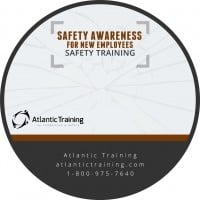
August 12, 2015
Why Your Safety Culture Thrives on Conversation, not Assumptions


August 12, 2015

Normally, you assess an organization’s safety culture by observing how employees translate the company’s principles, values, attitudes, and goals into their behavior and decision-making.
This seems like a pretty straightforward method, but beware of drawing conclusions based only on observations—you’ll fall into the assumptions trap.
I’ve fallen into this myself by relying on direct observations and reports consisting of data based on observations, and I suspect I am not alone. The assumptions trap is a consequence of the way in which the human brain forms patterns to help us manage a complicated life more efficiently.
Patterns feed our assumptions. They help us react, predict and make decisions regarding situations without having to assemble and sift through all of the details of what we are observing. The problem is the brain has no investment in making distinctions between fact and fiction. It takes in what it sees, dismisses what doesn’t fit, and draws a conclusion as expeditiously as possible. It will even add in data to fill any gaps just to complete the picture to fit the established pattern. This works very well when we need to slam on the brakes to avoid a child who darts into the road. However, this process has limits when used exclusively to assess or make assumptions about the effectiveness of a safety culture.
David McLean, Chief Operating Officer for Maersk, expressed this realization in his article “The Importance Of Process Safety & Promoting A Culture of PSM.”
“We were all very good at measuring personal safety performance, i.e. slips, trips, and falls, and this is very tangible, but did a good personal safety record mean we had a safe operation? Clearly not, as several major accidents had proven.”
Read Full Article At Ohsonline.com


